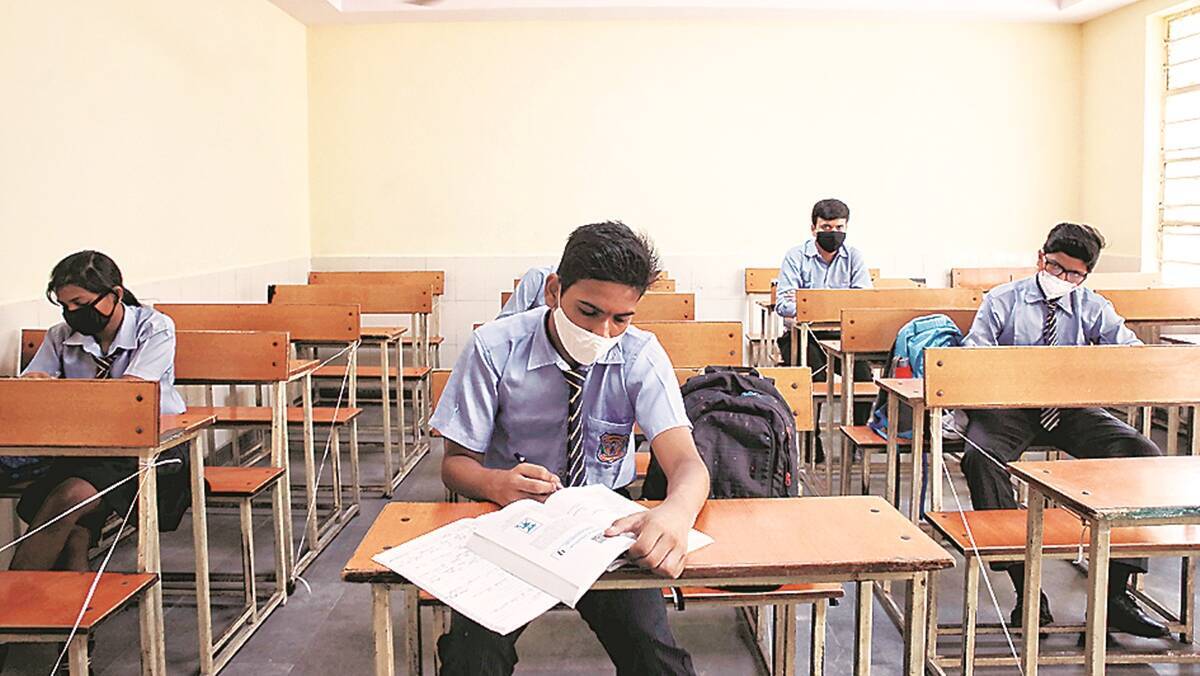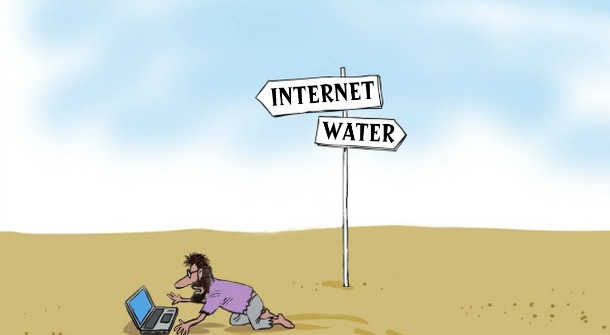You’ve heard of computers and the internet being used to bring education to under-served populations in developing countries. But what if you couldn’t get an internet connection through a computer? What would happen then?
How do you think you’d feel if you were a kid who had to rely on others for internet access just so that your lessons could be given? That’s what millions of kids go through in India thanks to the lack of internet access in their schools.
In a report by India Today, According to research by the Azim Premji Foundation, about 60% of Indian schoolchildren are unable to use online learning options.
Even among pupils at metropolitan private schools, half of the parents cited problems with Internet signal and speed, according to a related survey by Oxfam India. A third had trouble paying for mobile data.
According to a recent national sample poll by ICRIER and LIRNEAsia, a think tank focused on digital policy, just 20% of school-age children in India had access to remote education during the pandemic, and of those, only half took part in live online sessions.
Also Read : Lack of life skills learning at schools
Education Is Difficult To Access For Many Students In India

As per research conducted by International boarding schools in India education is a fundamental right, and yet, it’s difficult to access for many students in India. The internet is an important part of education, but many students in India don’t have access to the internet or can’t afford it. This lack of internet access affects schooling in India.
The internet is an important part of modern life, and it’s especially important for children who are learning at school. When children aren’t able to access the internet at home, it can affect their academic performance and ability to learn new things outside of school. It also means that they’re missing out on opportunities for further learning such as online courses or extracurricular activities that might be available only online.
In addition to being important for education, having access to the internet is also crucial for connecting with friends and family members who live far away from where you live now or in the past (like when you were growing up). It’s difficult for kids who don’t have access to the internet at home because they may not have friends living near them who could help them learn about how things work in different parts of the world—and what kind of jobs might exist there!
Students Often Drop Out Of School Over Lack Of Connection Or Need To Help With Chores At Home

Education is a right, not a privilege. Unfortunately, this is rarely the case in India. Students often drop out of school because they lack the connection and financial means to pursue their education.
The government has taken measures to improve access to education, but there’s still a long way to go before every child has an equal opportunity to receive quality schooling.
In addition to providing educational opportunities for children who may otherwise be unable to attend school because of their socioeconomic status or location, there are other ways that you can help make education more accessible in India:
-Donate money or supplies (books, computers)
-Volunteer at local schools
-Spread awareness about the issue through social media or word of mouth
Indian Students Are Limited By Financial Barriers And Not Understanding How To Use Computers

Education is difficult to access for many students in India. Many of them are limited by financial barriers and not understanding how to use computers.
Many students who want to pursue higher education find it difficult to do so because they cannot afford the cost of a computer or internet connection. That can make it very difficult for them to participate in online classes, which are becoming more common worldwide.
In addition, many schools lack resources such as tech labs and teachers who know necessary to teach their students about computers and the internet.
In addition, students who do not have access at home often do not have a computer at school either.
That makes it difficult for students to use Google Docs or Microsoft Word, popular programs that allow you to create documents on your computer or laptop and then share them with other people via email or cloud storage services like Dropbox and Google Drive.
These programs allow users to collaborate with others on projects so that everyone involved can work together on one document instead of sending multiple emails back and forth about what changes need to be made before sending it back for approval again by someone else who has never even seen what you’re working on yet!
The Internet Gap In Rural India Is Growing

Despite the growing number of internet users in rural India, the TRAI report found that internet penetration in rural India was only about 33%, compared to 99% in urban India. The digital divide between urban and rural India is quite expansive.
One of the biggest challenges facing students in India today is internet access. The internet gap in rural areas is growing and has become a major obstacle for students who want to further their education or pursue higher degrees.
India has made some efforts to provide free Wi-Fi in rural areas through projects like Digital India and BharatNet, but these initiatives are ineffective thus far due to poor infrastructure and limited funding.
A study notes that lack of connectivity is particularly detrimental for students who want to pursue advanced degrees but cannot afford to because they cannot get into an online course. The report also highlights how much more difficult it is for teachers who want to use digital tools like Skype or Google Docs with their students. With limited access, they must instead rely on printed materials making it difficult to keep up with current technology trends and practices.
Rural Communities Are Disproportionately Affected

Students who are not able to attend school due to their socioeconomic status, gender, or location may be at a disadvantage when it comes to pursuing higher education and earning a degree. The quality of education that a student receives can have a significant impact on their future career opportunities and earning potential.
The proportion of dropout high school students is much higher in poor rural areas than it is in wealthy urban areas. Many poor students lack access to the resources required for them to complete their studies or even attend school regularly because many schools were not built close enough to where they live, so they must travel long distances on foot each day. Additionally, many families cannot afford uniforms or tuition fees because they live below the poverty line.
Schools are often overcrowded, lacking basic education materials like books and writing utensils. Students who live in rural areas are especially at risk of not receiving an education due to the lack of infrastructure or teachers in their local area.
To address these issues, some organisations have started providing scholarships for students who would otherwise not be able to attend school.
These scholarships also help provide meals and transportation so that these students can stay at school instead of working while they’re away from home during the day.
Internet Connectivity Can Help With Other Pressing Issues In Rural Schools As Well

Education is hard to access for many students in India. Most schools are located far away from the towns where their families live, and public transportation is often unreliable. Students must walk long distances or take buses that are overcrowded and uncomfortable to get to school.
One way that this problem can be solved is through internet connectivity. Many students in rural areas do not have access to computers at home, so schools must have internet connections so that students can learn online without having to travel far from home. Internet connectivity would also help with other pressing issues in rural schools and provide an educational resource for students who cannot afford computers or tablets at home.
Conclusion
The lack of internet connectivity has made it difficult for students in rural areas like India because many schools do not have computers or other devices that allow them to access online content, such as YouTube videos or educational websites.
These resources are crucial when learning new things because they allow us to comprehend at our own pace without someone telling us what we need.
For any queries related to parenting, schooling, or any student-related tips, click here to check out our latest blogs








